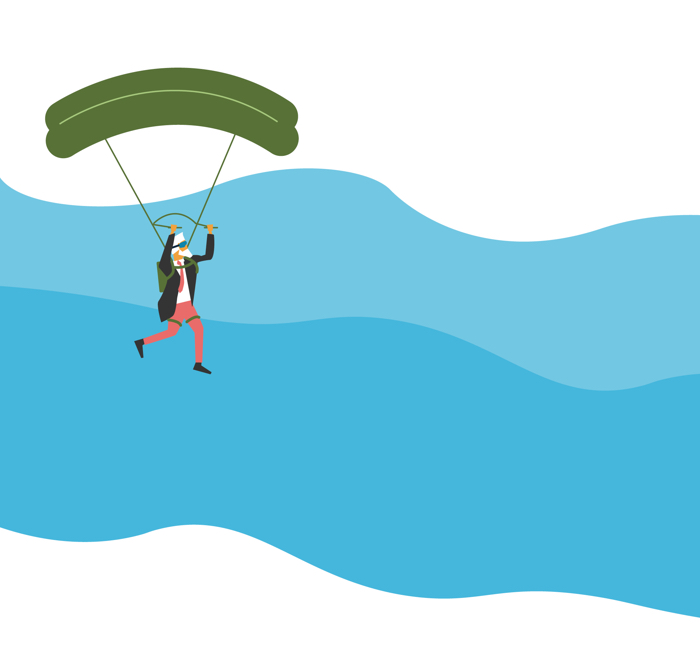Your landing page may contain lots of great information, but if your customers are leaving your page without responding to your CTA, it can be pretty frustrating, especially when you know your business can help them with their problems.
It’s impossible to appeal to every member of your diverse audience using generic pages. Unlocking the magic formula can be difficult given the different types of customers you have. You may rotate between various ideas or try to figure out which format works best but find yourself still unsure how to arrange your landing pages effectively.
You’re thinking that there must be an easier way to get results.

Others Are in the Same Boat
Getting landing pages right is not always easy. The problems you are facing are commonplace. According to Audience Bloom, landing pages are affected by hundreds of independent variables, so it can prove difficult for many to see a high conversion rate. Adquadrant says that a failure in effective design of your pages can lead to a low conversion rate.
Less is More
There are certain key elements to your landing pages that, once perfected, will draw customers to your page and increase conversion rates. For example, the clearer your CTA is, the more likely customers will be motivated to click the link you provide. Personalizing your landing pages for your diverse array of customers will also help convert more customers. Most importantly, a crisp and concise design will keep your customers engaged and will help you reach your desired objective faster.
If Neil Patel Says It, It Must Be True
Marketing expert Neil Patel lists several tips for effective landing pages on his blog. He emphasizes there is only one purpose of landing pages — to get the customer to act. In order to do this, it is important to be as concise as possible and lead your customers to a clear pathway with your CTA. There should be a single focus of your page to avoid customers from getting distracted with any external links or blocks of text. Patel also says to choose the right format, or tool, to engage customers depending on the objective of your landing page. One size does not fit all — it is important to customize each page to bear the best results.
Reach Your Objective Faster
Using a more minimalist approach to your landing pages can help engage customers faster and increase conversion rates. Here’s what you can gain from adopting these strategies:
- Having a clear and compelling CTA will grab customers’ attention and will help you reach the objective of your landing page more efficiently.
- Paring down the design of the landing page will draw more customers effortlessly and will make your page easier to navigate through.
- Including only one link — that of your CTA — on your landing page will keep customers from getting distracted or drifting off to another link on your page.
For landing page templates you can use to convert more customers, check out our Landing Page Optimization checklist.